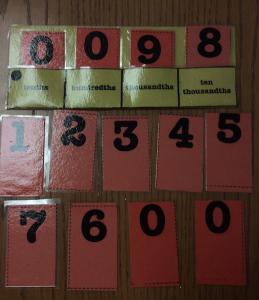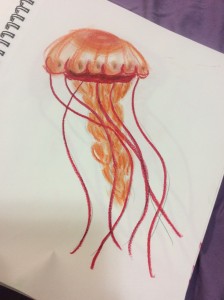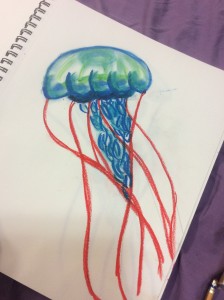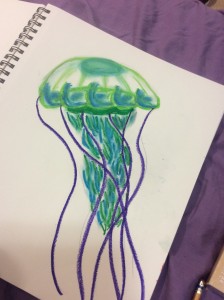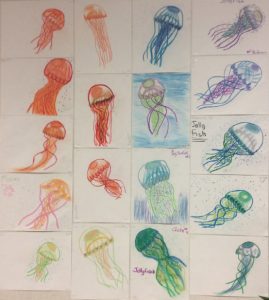There was an assembly on the third week of practicum. This assembly was to hand out the “G Awards” to recognize those students who had received all G’s for their hard work in the previous term. There were several other announcements as well. The final announcement was that the professional CD of Annieville’s school rock song had finally come in the mail. The song had been composed early in the school year and this was the first time the school would hear it again.
The grade seven’s were very excited about the song. They were singing very loudly. They only knew the chorus but grew louder each time it repeated. By the end of the song some of the grade seven’s were screaming out the words. Many of the other students in the school were also singing the chorus very loudly by the end of the song.
Despite this the principal decided to play song once more as the children exited the gym. The sing got even more loud. Since the grade seven’s are the last to exit the gym they stuck out because of their loud shouting of the lyrics. After the assembly the grade seven’s stayed to help reset the gym.
The principal was clearly very disappointed in their behaviour and gave the students a lecture over the microphone. Several of the students did not freeze and listen but continued to pull tape off the floor. This made their teacher very angry. As the clean up continued two of the boys decided to play toss with the tape ball the had made from the tape they’d pulled off the floor. This was not a strong choice as their teacher was already quite upset.
When we arrived back in the classroom the statement was. “I don’t even have words anymore. You tell me what went wrong.”
The students mentioned somethings. The teacher asked “How can we do better? How can we support each other to do better?” She very earnestly wanted a student solution to this problem. The class had some ideas about what they could do.
The the principal came into the classroom. The lecture started up again from both the principal and the teacher. This lasted for the remainder of the day.
I don’t really know what to think about what happened. While I was surprised at how carried away the students got from the song I was also surprised with an hour long correctional talk. I know there are no easy answers to these kinds of situations. It left me with more questions than answers that’s for sure.
For example, where exactly is the line between over excited and disruptive? How much control can we expect from grade seven students? Mostly, how useful was a fifty minute lecture about their mistakes?

